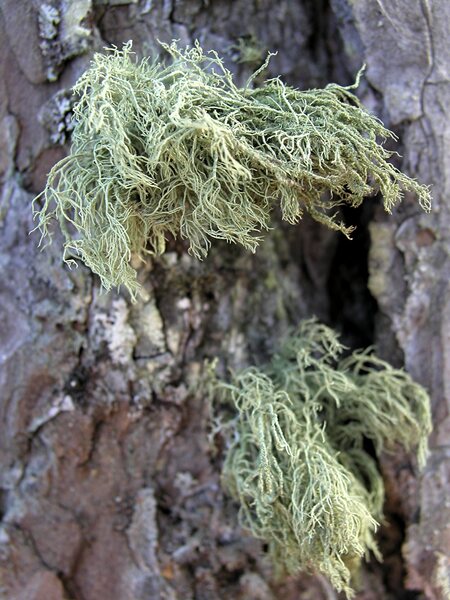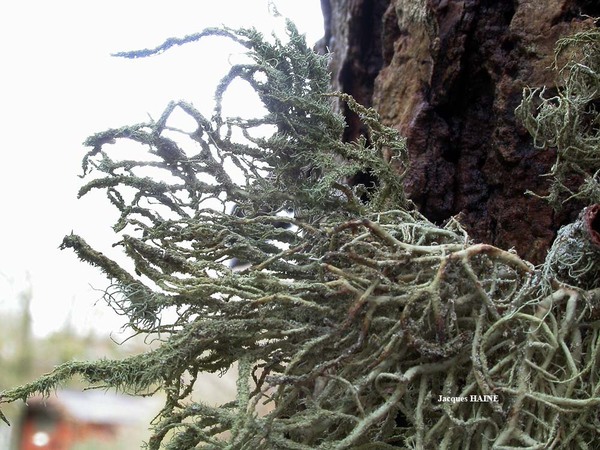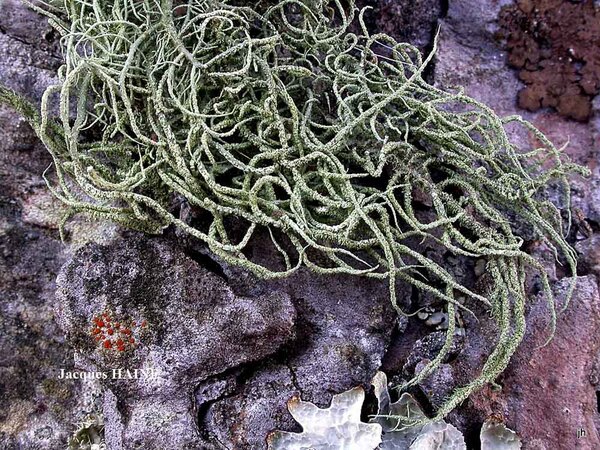Usnea hirta (L.) F.H. Wigg.
Primit. Florae Holsat.: 91, 1780, nom. cons.. Basionym: Lichen hirtus L. - Sp. Pl., 2: 1155, 1753.
Synonyms: Usnea barbata var. hirta (L.) Fr.; Usnea florida var. hirta (L.) Ach.; Usnea foveata Vain.; Usnea glaucescens Vain.; Usnea hirta subsp. helvetica Motyka; Usnea hirta subsp. laricicola Motyka; Usnea plicata var. foveata (Vain.) Clauzade & Cl. Roux; Usnea variolosa Motyka
Distribution: N - Frl (Tretiach 1996), Ven (Caniglia & al. 1999, Nascimbene & Caniglia 2000b, 2002c, 2003c, Nascimbene & al. 2006e, Nascimbene & Marini 2007, Nascimbene 2008c, 2011), TAA (Nascimbene & Caniglia 2000b, 2002c, Caniglia & al. 2002, Nascimbene 2003, 2005b, 2006b, 2006c, 2008b, 2014, Nascimbene & al. 2006e, 2007b, 2008c, 2009, 2010, 2014, 2014c, 2022, Stofer 2006, Nascimbene & Marini 2015, Nimis & al. 2015, Trindade & al. 2021), Lomb (Rivellini 1994, Alessio & al. 1995, Serio & al. 2001, Valcuvia & al. 2003, Nascimbene & al. 2006e, Abramini & al. 2008, Gheza 2019), Piem (Caniglia & al. 1992, Morisi & Sereno 1995, Isocrono & al. 2003, Matteucci & al. 2010), VA (Piervittori & Isocrono 1999, Isocrono & al. 2005, Matteucci & al. 2008, Isocrono & al. 2008), Emil (Fariselli & al. 2020), Lig (Brunialti & al. 1999, Giordani & al. 2002, Giordani & Incerti 2008). C - Tosc (Brackel 2015, Frati & Brunialti 2023), Marc, Laz, Abr (Olivieri & al. 1997, 1997b, Loppi & al. 1999, Brackel 2015), Sar (Loi & al. 2000). S - Camp (Aprile & al. 2003, 2003b), Pugl, Bas (Potenza & al. 2014), Cal (Puntillo 1995, 1996, Puntillo & al. 2000, Incerti & Nimis 2006), Si (Ottonello & Salone 1994, Ottonello & Romano 1997, Ottonello & al. 2006b, 2011).
Description: Thallus fruticose-filamentous, greenish, flaccid when wet, usually shrubby, rarely subpendulous, 5-7(-10) cm long (rarely more), branching sympodially, anisotomic-dichotomously with divergent branches. Main branches irregular, clearly segmented, often foveolate or transversally furrowed, the basal part not blackened; lateral branches not narrowed at attachment point. Papillae and tubercles usually absent, when present minute and inconspicuous; fibrils numerous, irregularly crowded, small (<3 mm), isidiomorph-like and spinulose, leaving scars after falling off, where the soralia develop. Soralia punctiform, not larger than half the branch diameter, numerous, producing abundant, scattered or clustered isidiomorphs which are most abundant in terminal parts; when these fall off, the soralia may resemble pseudocyphellae. Cortex thin (3-7% of total thickness of the branch), not cracked, matt to shiny in longitudinal section; medulla white, lax to dense, moderately thick (27-33%); central axis white, rather thin (24-35%); ratio axis/medulla ranging between 0.8 and 1.4. Apothecia rare, lecanorine, 1-3 mm across, subterminal. Photobiont chlorococcoid. Spot tests: cortex K-, C-, KC-, P-; medulla K-, C-, KC-, P-, or K+ yellow turning slowly orange, C-, KC-, P+ yellow. Chemistry: cortex with usnic acid; medulla either with no substance (the most common chemotype) or with norstictic acid and fatty acids (murolic group), or with fatty acids alone (murolic group).
Note: most common in continental, but humid areas, on bark (branches and boles) of isolated trees and on lignum (e.g. wooden fences and poles); widespread throughout the Alps, restricted to upland areas, and mostly to those with siliceous substrata, in the Apennines. Several records, especially those from Southern Italy, might be due to confusion with other species.
Growth form: Fruticose filamentous
Substrata: bark and lignum
Photobiont: green algae other than Trentepohlia
Reproductive strategy: mainly asexual, by soredia, or soredia-like structures (e.g. blastidia)
Subcontinental: restricted to areas with a dry-subcontinental climate (e.g. dry Alpine valleys, parts of Mediterranean Italy)
Commonnes-rarity: (info)
Alpine belt: absent
Subalpine belt: common
Oromediterranean belt: absent
Montane belt: rather common
Submediterranean belt: extremely rare
Padanian area: absent
Humid submediterranean belt: extremely rare
Humid mediterranean belt: absent
Dry mediterranean belt: absent
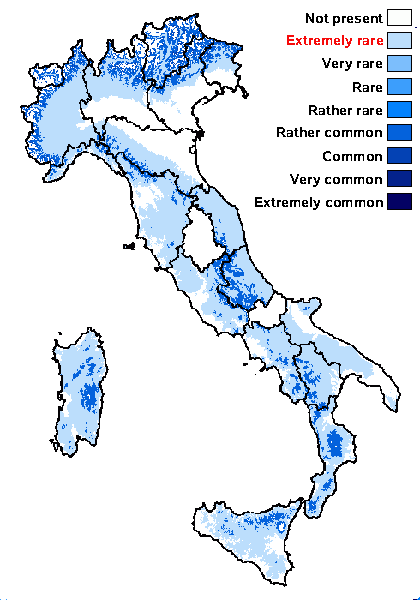
Predictive model
Herbarium samples
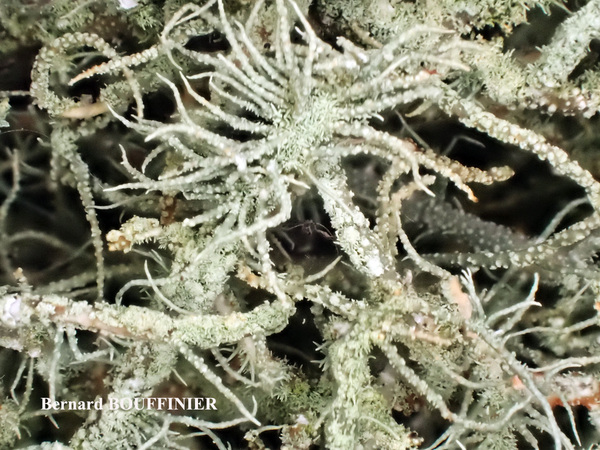
Bernard Bouffinier - Source: http://www.lichensmaritimes.org/index.php?task=fiche&lichen=519&lang=en
France, Bois du Kador
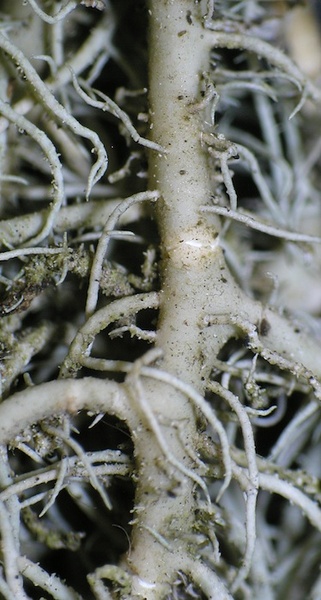
Tiiu Tõrra; Owner: Tiiu Tõrra - Institute of Ecology and Earth Sciences, University of Tartu, Estonia

Tiiu Tõrra; Owner: Tiiu Tõrra - Institute of Ecology and Earth Sciences, University of Tartu, Estonia
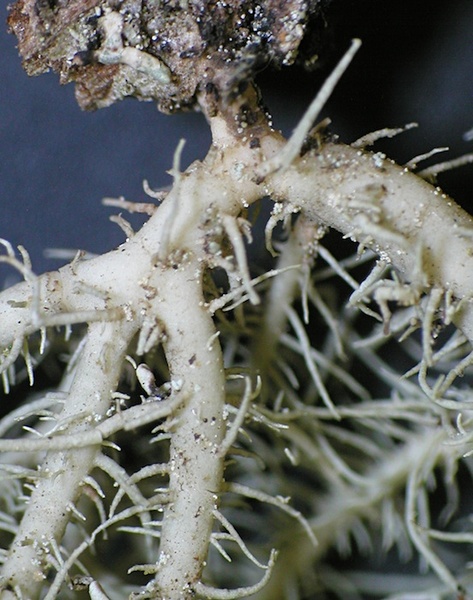
Tiiu Tõrra; Owner: Tiiu Tõrra - Institute of Ecology and Earth Sciences, University of Tartu, Estonia
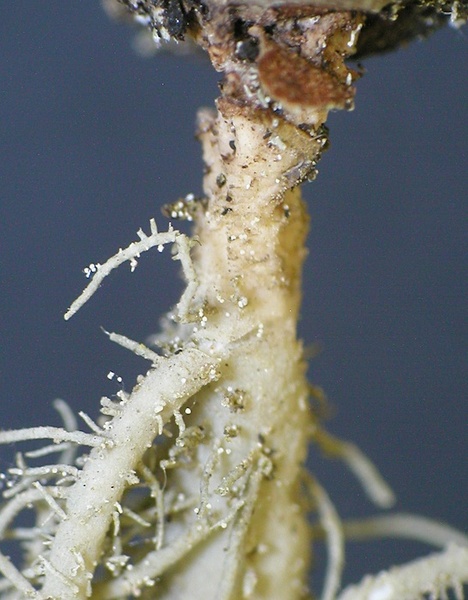
Tiiu Tõrra; Owner: Tiiu Tõrra - Institute of Ecology and Earth Sciences, University of Tartu, Estonia
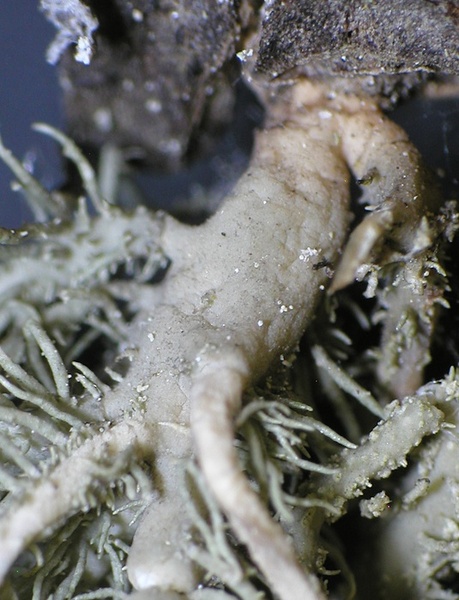
Tiiu Tõrra; Owner: Tiiu Tõrra - Institute of Ecology and Earth Sciences, University of Tartu, Estonia

Tiiu Tõrra; Owner: Tiiu Tõrra - Institute of Ecology and Earth Sciences, University of Tartu, Estonia
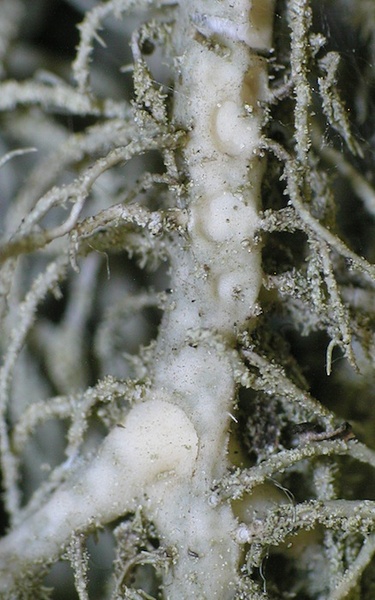
Tiiu Tõrra; Owner: Tiiu Tõrra - Institute of Ecology and Earth Sciences, University of Tartu, Estonia
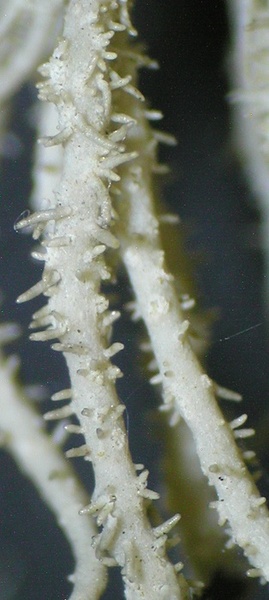
Tiiu Tõrra; Owner: Tiiu Tõrra - Institute of Ecology and Earth Sciences, University of Tartu, Estonia

Tiiu Tõrra; Owner: Tiiu Tõrra - Institute of Ecology and Earth Sciences, University of Tartu, Estonia
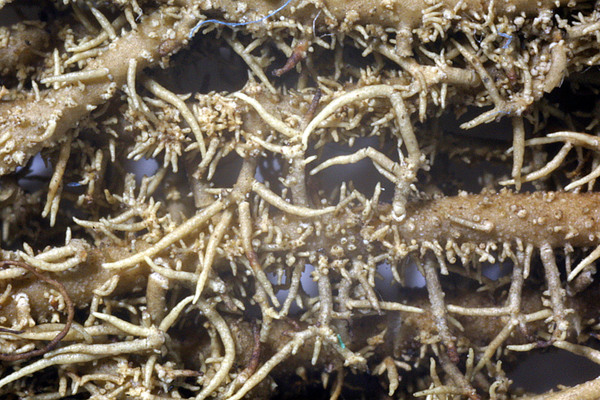

Felix Schumm - CC BY-SA 4.0
Baden-Württemberg, Schwäbische Alb, Kreis Heidenheim, im Wental an Laubbäumen, ca 600 m 7226 Schumm 04.1967 Klement
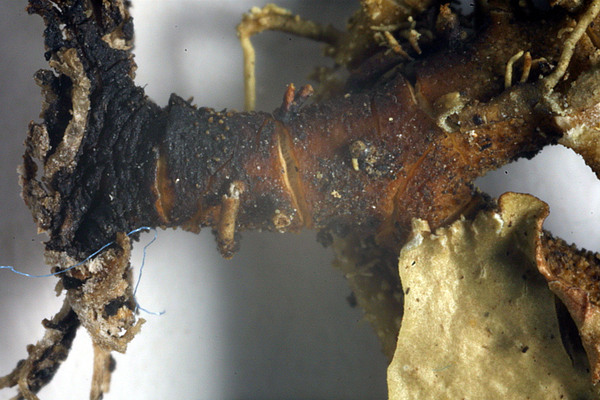

Felix Schumm - CC BY-SA 4.0
Baden-Württemberg, Schwäbische Alb, Kreis Heidenheim, im Wental an Laubbäumen, ca 600 m 7226 Schumm 04.1967 Klement
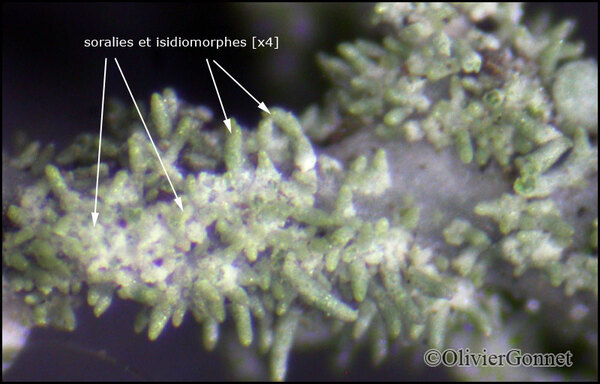
Courtesy Danièle et Olivier Gonnet - Source: https://www.afl-lichenologie.fr/Photos_AFL/Photos_AFL_U/Usnea_hirta.htm
France, 25/8/2016 - Crête du Mont d'Or, alt : 1420 m - Doubs

Courtesy Danièle et Olivier Gonnet - Source: https://www.afl-lichenologie.fr/Photos_AFL/Photos_AFL_U/Usnea_hirta.htm
France, 25/8/2016 - Crête du Mont d'Or, alt : 1420 m - Doubs
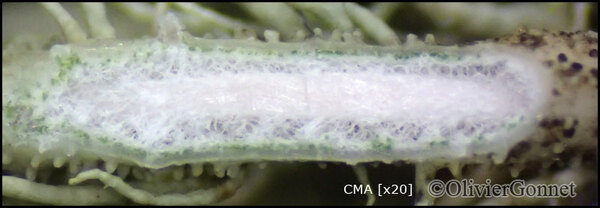
Courtesy Danièle et Olivier Gonnet - Source: https://www.afl-lichenologie.fr/Photos_AFL/Photos_AFL_U/Usnea_hirta.htm
France, 25/8/2016 - Crête du Mont d'Or, alt : 1420 m - Doubs
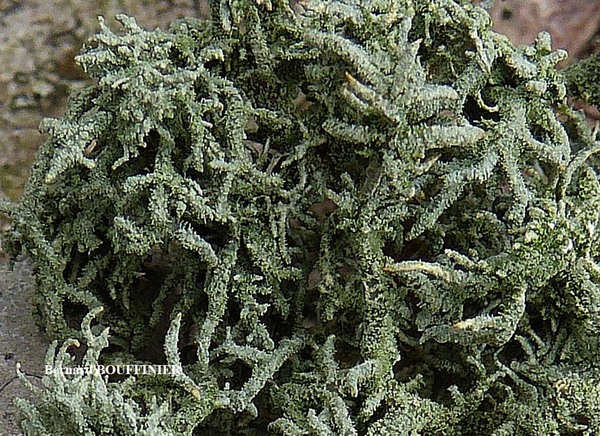
Bernard Bouffinier - Source: http://www.lichensmaritimes.org/index.php?task=fiche&lichen=519&lang=en
France, Chateaulin
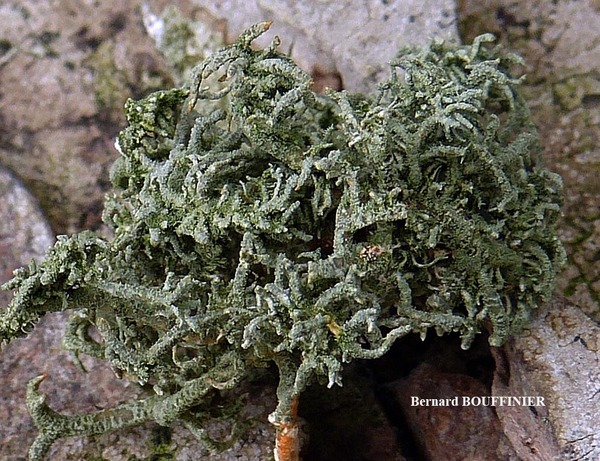
Bernard Bouffinier - Source: http://www.lichensmaritimes.org/index.php?task=fiche&lichen=519&lang=en
France, Chateaulin
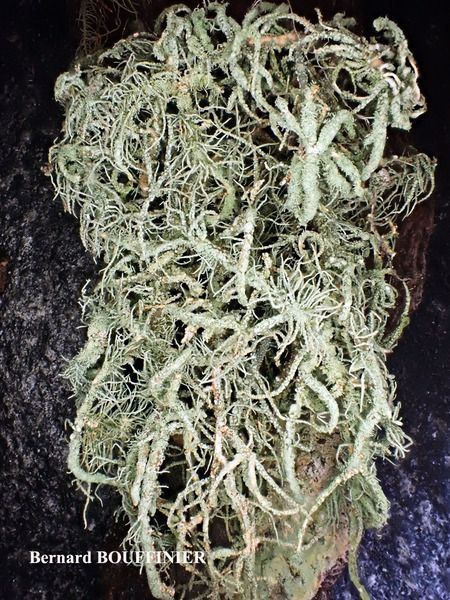
Bernard Bouffinier - Source: http://www.lichensmaritimes.org/index.php?task=fiche&lichen=519&lang=en
France, Bois du Kador
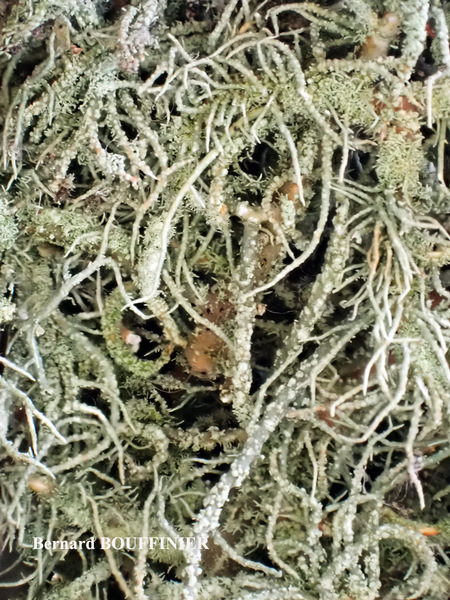
Bernard Bouffinier - Source: http://www.lichensmaritimes.org/index.php?task=fiche&lichen=519&lang=en
France, Bois du Kador
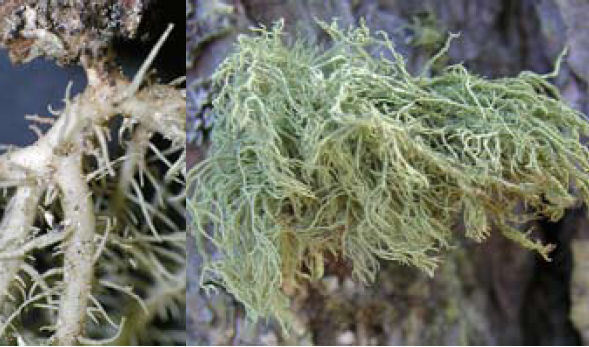
Tiiu Tõrra; Owner: Tiiu Tõrra - Institute of Ecology and Earth Sciences, University of Tartu, Estonia
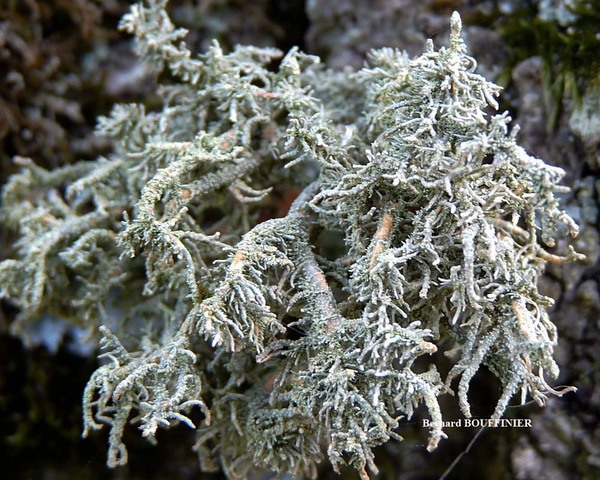
Bernard Bouffinier - Source: http://www.lichensmaritimes.org/index.php?task=fiche&lichen=519&lang=en
France, Pt. Coblan
Growth form: Fruticose filamentous
Substrata: bark and lignum
Photobiont: green algae other than Trentepohlia
Reproductive strategy: mainly asexual, by soredia, or soredia-like structures (e.g. blastidia)
Subcontinental: restricted to areas with a dry-subcontinental climate (e.g. dry Alpine valleys, parts of Mediterranean Italy)
Commonnes-rarity: (info)
Alpine belt: absent
Subalpine belt: common
Oromediterranean belt: absent
Montane belt: rather common
Submediterranean belt: extremely rare
Padanian area: absent
Humid submediterranean belt: extremely rare
Humid mediterranean belt: absent
Dry mediterranean belt: absent

Predictive model
| Herbarium samples |

Bernard Bouffinier - Source: http://www.lichensmaritimes.org/index.php?task=fiche&lichen=519&lang=en
France, Bois du Kador

Tiiu Tõrra; Owner: Tiiu Tõrra - Institute of Ecology and Earth Sciences, University of Tartu, Estonia

Tiiu Tõrra; Owner: Tiiu Tõrra - Institute of Ecology and Earth Sciences, University of Tartu, Estonia

Tiiu Tõrra; Owner: Tiiu Tõrra - Institute of Ecology and Earth Sciences, University of Tartu, Estonia

Tiiu Tõrra; Owner: Tiiu Tõrra - Institute of Ecology and Earth Sciences, University of Tartu, Estonia

Tiiu Tõrra; Owner: Tiiu Tõrra - Institute of Ecology and Earth Sciences, University of Tartu, Estonia

Tiiu Tõrra; Owner: Tiiu Tõrra - Institute of Ecology and Earth Sciences, University of Tartu, Estonia

Tiiu Tõrra; Owner: Tiiu Tõrra - Institute of Ecology and Earth Sciences, University of Tartu, Estonia

Tiiu Tõrra; Owner: Tiiu Tõrra - Institute of Ecology and Earth Sciences, University of Tartu, Estonia

Tiiu Tõrra; Owner: Tiiu Tõrra - Institute of Ecology and Earth Sciences, University of Tartu, Estonia


Felix Schumm - CC BY-SA 4.0
Baden-Württemberg, Schwäbische Alb, Kreis Heidenheim, im Wental an Laubbäumen, ca 600 m 7226 Schumm 04.1967 Klement


Felix Schumm - CC BY-SA 4.0
Baden-Württemberg, Schwäbische Alb, Kreis Heidenheim, im Wental an Laubbäumen, ca 600 m 7226 Schumm 04.1967 Klement

Courtesy Danièle et Olivier Gonnet - Source: https://www.afl-lichenologie.fr/Photos_AFL/Photos_AFL_U/Usnea_hirta.htm
France, 25/8/2016 - Crête du Mont d'Or, alt : 1420 m - Doubs

Courtesy Danièle et Olivier Gonnet - Source: https://www.afl-lichenologie.fr/Photos_AFL/Photos_AFL_U/Usnea_hirta.htm
France, 25/8/2016 - Crête du Mont d'Or, alt : 1420 m - Doubs

Courtesy Danièle et Olivier Gonnet - Source: https://www.afl-lichenologie.fr/Photos_AFL/Photos_AFL_U/Usnea_hirta.htm
France, 25/8/2016 - Crête du Mont d'Or, alt : 1420 m - Doubs

Bernard Bouffinier - Source: http://www.lichensmaritimes.org/index.php?task=fiche&lichen=519&lang=en
France, Chateaulin

Bernard Bouffinier - Source: http://www.lichensmaritimes.org/index.php?task=fiche&lichen=519&lang=en
France, Chateaulin

Bernard Bouffinier - Source: http://www.lichensmaritimes.org/index.php?task=fiche&lichen=519&lang=en
France, Bois du Kador

Bernard Bouffinier - Source: http://www.lichensmaritimes.org/index.php?task=fiche&lichen=519&lang=en
France, Bois du Kador

Tiiu Tõrra; Owner: Tiiu Tõrra - Institute of Ecology and Earth Sciences, University of Tartu, Estonia

 Index Fungorum
Index Fungorum
 GBIF
GBIF
